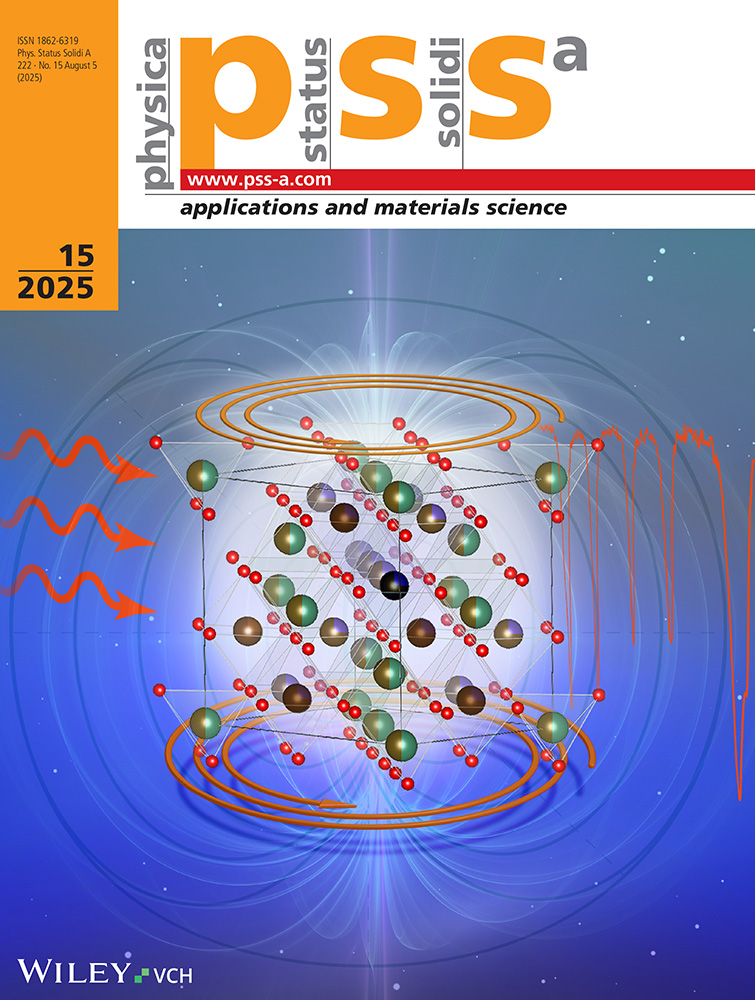A Study of the Vacancy–Impurity Interaction in Dilute Nickel Alloys by Core Electron Annihilation
Abstract
It is shown that the angular correlation of annihilation radiation can be used to identify vacancy–impurity complexes in dilute alloys. Annihilation of trapped positrons with core electrons bears information about the chemical environment of a vacancy defect. The method is especially effective for d-matrices doped with sp-impurities since annihilation parameters of positrons with d- and sp-shell electrons differ considerably. The potentialities of the method of core-electron annihilation of positrons are demonstrated taking electron-irradiated dilute Ni–P and Ni–Si alloys as an example. It is shown that the interaction between the vacancies, which migrate at the III stage of annealing, and P atoms in Ni–P causes a considerable change in the annihilation parameters of positrons with core electrons compared to pure Ni. In Ni–Si alloys the annihilation parameters of trapped positrons with core electrons do not differ from those in Ni. This fact is an evidence that Si atoms do not interact with vacancies in Ni.




